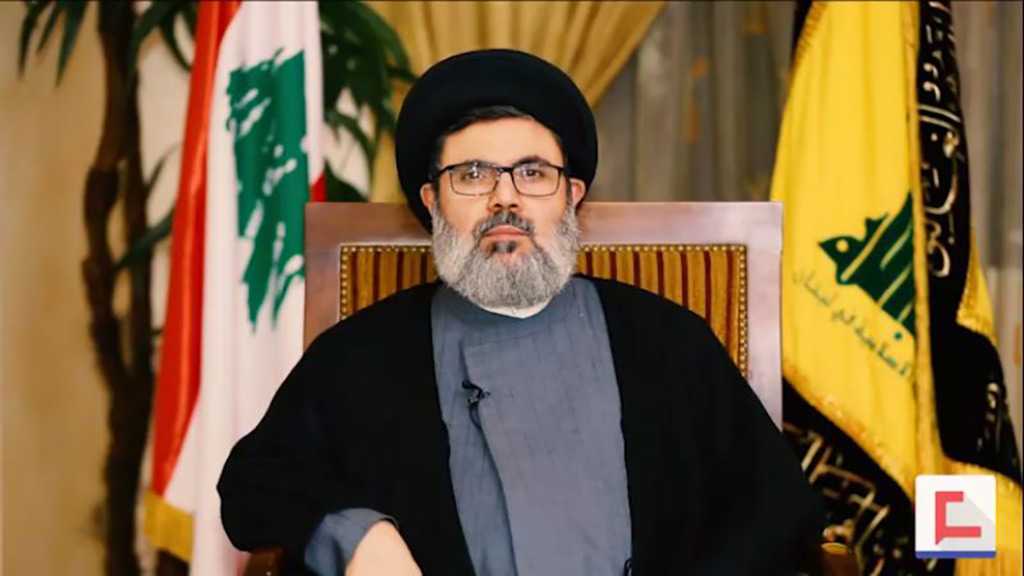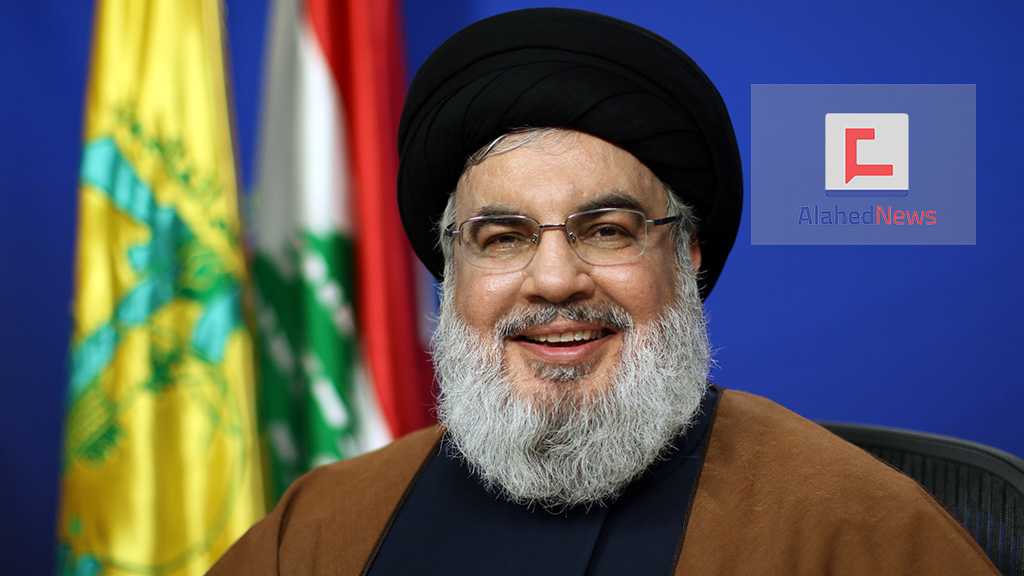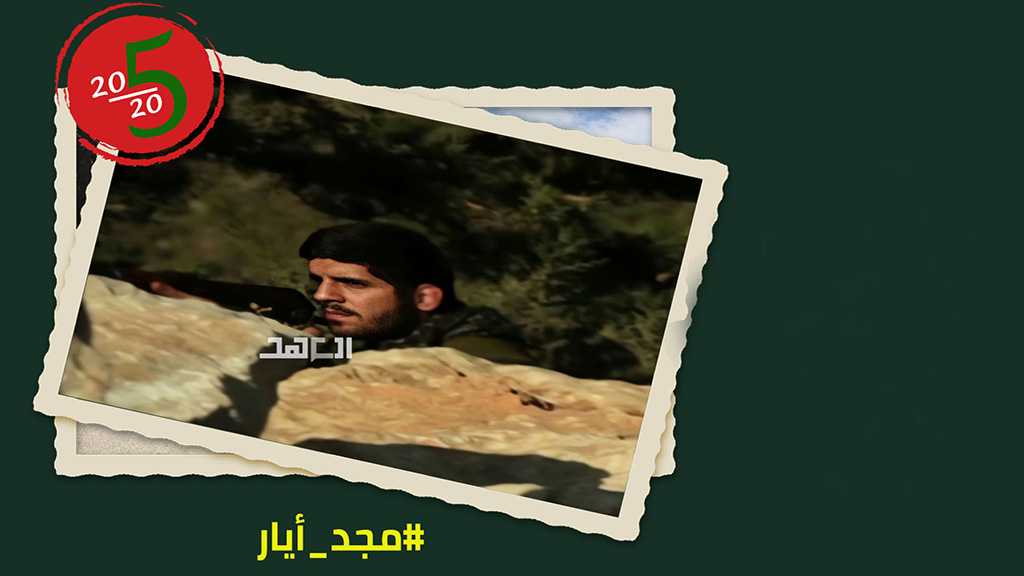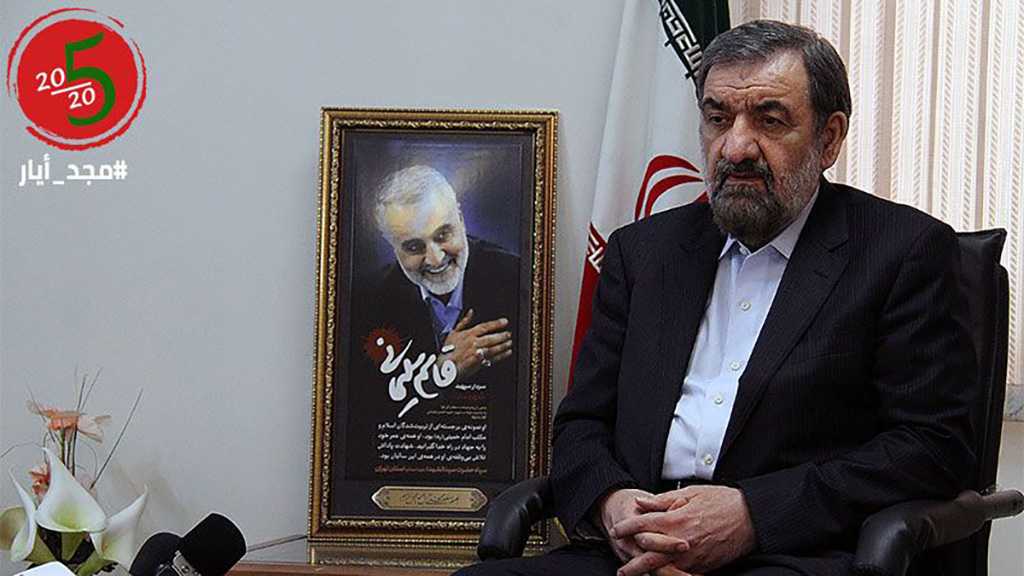
Deputy Head of Hezbollah Executive Council Tells Al-Ahed the Untold Stories of Lebanon Liberation on 20th Anniversary
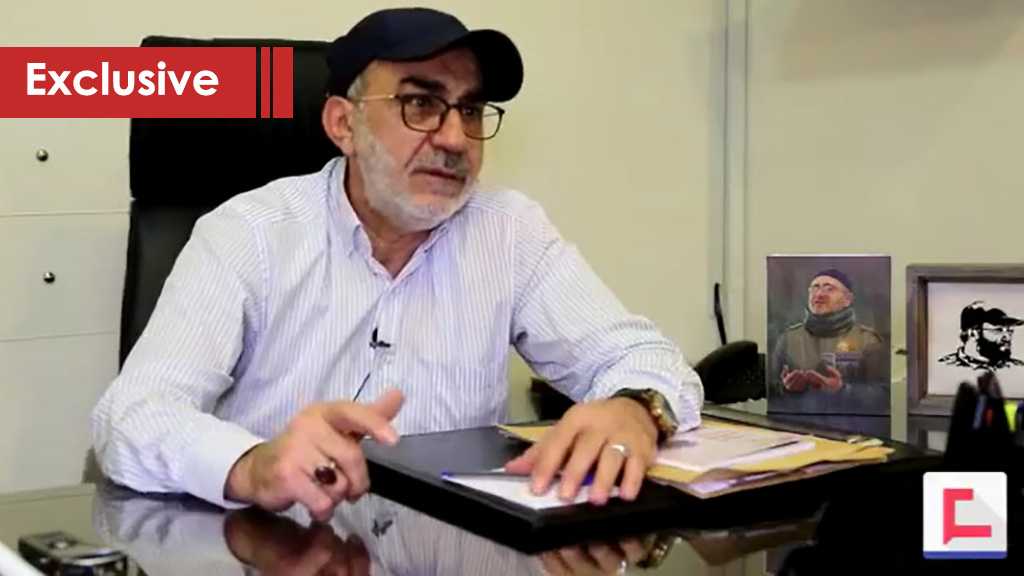
By Al-Ahed News Website
The resistance from Taklif until the glory of May
On the occasion of the 20th anniversary of the glory of May - the Resistance and Liberation Day, Al-Ahd journeys back to the early days of the resistance and how Imam Khomeini (may God sanctify his secret) was the first to embrace it.
The deputy head of Hezbollah's Executive Council Hajj Abdallah Kassir, a key witness from that period, recalls some of his expreeinces.
In 1982, Hajj Abdallah Kassir was with a group of al-Shabab al-Mu'min [Believing Youth]on a visit to the Islamic Republic of Iran to attend the Shaaban 15 Conference - The Day of the Vulnerable. The visit coincided with the “Israeli” invasion of Lebanon.
"At the time, the Imam sent a delegate to us after failing to secure an urgent appointment since we had decided to return to Lebanon after the invasion," Hajj Kassir said.
He then quotes what the delegate conveyed to them from Imam Khomeini, "Your taklif [religious obligation] is to fight ‘Israel’, and ‘Israel’ fell into the trap as a mouse falls into a trap. You will definitely be victorious, and you must fight it with the capabilities available to you."
According to Kassir, it was a religious position. "Therefore, everything that was built after our return – we returned to Beirut the day after the battle of Khaldeh – was built by the al-Shabab al-Mu'min based on this fatwa and Imam’s directions regarding the issue of fighting ‘Israel’.”
This impulse and sincerity – and thanks to the blood of the martyrs as well as the blessing of the leadership of Imam Khomeini and Imam Khamenei after him – led to the glory of May and the victories during that month.
Those victories were distinctive historical events in the Arab-“Israeli” conflict because the “Israelis” were forced to withdraw unconditionally for the first time. The May victory was called the clean victory since the enemy withdrew under fire from the resistance without any pledges or agreements.
The glory of May in Taybeh: One of God’s days
The second part of our overview of the history of the resistance with the deputy head Hezbollah’s Executive Council Hajj Abdallah Kassir, focuses on the liberation of Lebanon’s southern town of Taybeh. Hajj Kassir participated in that liberation and left his mark.
In May 2000, Kassir was a deputy for the south. He received a call from the resistance leadership telling him to head to the south.
"I arrived in Taybeh. In the town square, there was a popular celebration. Young men from the resistance asked us to wait until they cleaned the area. We went up with the men and women to Kamel Al-Assad’s old house, which was a headquarters for the Lahad forces. That house was overlooking the entire area. There we met a lot of our brothers that we knew, but we were separated by barriers that the occupiers had set up," he said.
According to Hajj Kassir, the joy was "indescribable”.
“It was the happiness of a lifetime and one of God’s days … because it was a day of victory where people felt that the blood of the martyrs bore and yielded this beautiful, kind, and clean victory. No one can deny that this victory was the fruit of the Mujahideen’s jihad for 18 years – from 1982 until 2000."
Hajj Kassir concludes by praising the role of the people who paved the way to liberation.
"We have people worthy of these sacrifices because they are the ones who supported and embraced the resistance. Therefore, this jihad and support for the resistance is what produced the glory of May."
The untold story about Hajj Imad in his role in the media and arts
When speaking about liberation, the memory of the person who had a hand in it automatically comes to mind – the great jihadi leader Hajj Imad Mughniyeh whose spirit hovered over all the victories of the resistance.
The deputy head of Hezbollah’s Executive Council Hajj Abdallah Kassir has memories with Hajj Imad that must be written down.
“Hajj Imad was not only a military or security leader, he was also a strategic leader, meaning he looked at matters concerning the media, culture, spirituality, psychology and propaganda from a military and security point of view,” Hajj Kassir said. "Hajj Imad came up with the idea to employ media production in coordination with the military. He directly funded some artistic works that we, as a media department, did not have enough of a budget for."
Hajj Kassir recalls the song "Your Victory Shook the World" during the July 2006 war. It was one of the artistic productions that had Hajj Imad’s fingerprints.
"The idea of the clip as well as the idea of Arab artists participating in and shooting it using a drone all came from Hajj Imad."
In another clip, Hajj Imad gathered 40 launchers in the Bayt Lif valley. The move was forbidden within the rules of the military establishment.
"But Hajj did it because his priority was to portray a terrifying scene to the enemy and send it a message," according to Hajj Kassir.
One of the first security documentaries produced was also the brainchild of Hajj Imad. He supported and funded it.
"Hajj Imad was the one who was following up with the directors, and he also produced the movie ‘Al-Mersad’ which documents the war between the resistance and the ‘Israelis’,” Kassir says.
Hajj Kassir goes back to 1984-1985 during the days of the Technical Committee for the Islamic Media.
"The first artistic work and the first camera that filmed the resistance at the time, was supported by Hajj Imad. He sponsored the volunteers in this committee and created the conditions for them to work. In some very special events, he asked for their presence," Hajj Kassir adds.
Comments
